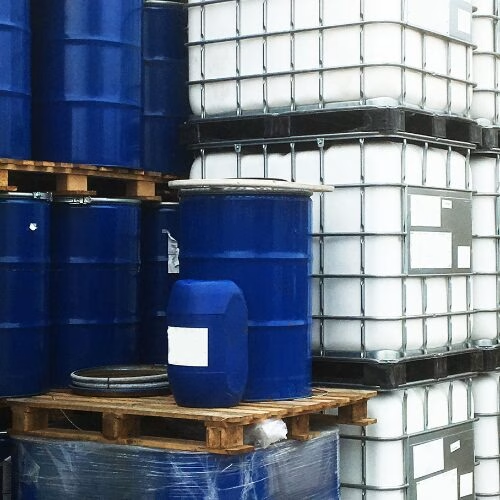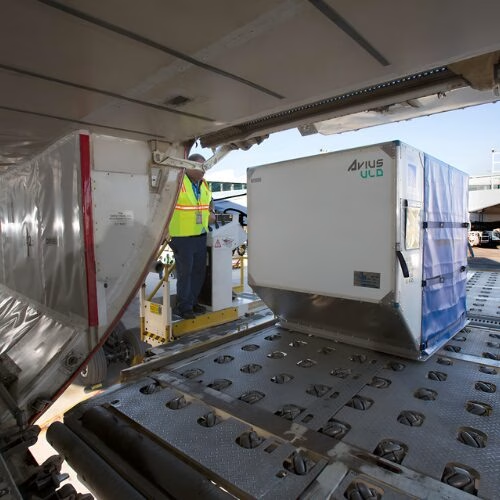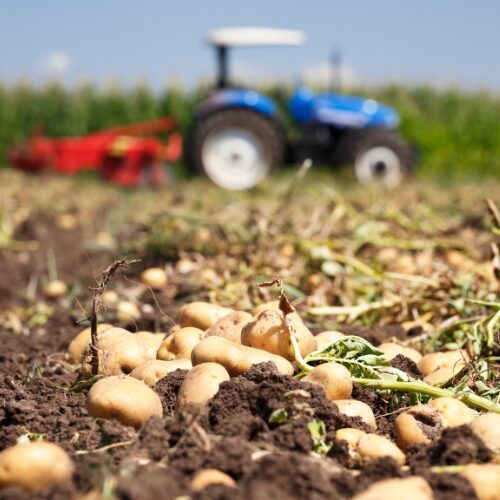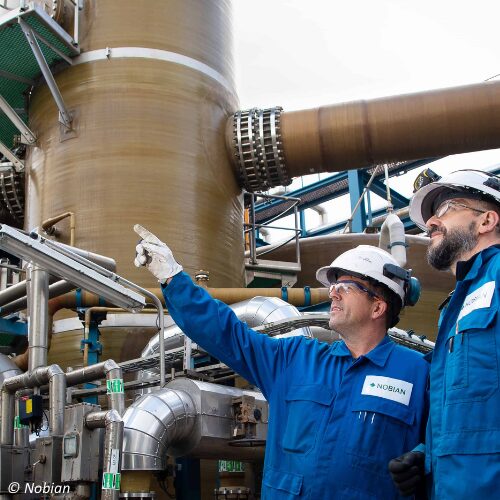For over 10 years Ecomatters has worked closely with CEPE, the European Council of the Paint, Printing Ink and Artists’ Colours Industry. This included supporting CEPE with several tasks within the Product Environmental Footprint Pilot (EF Pilot). In 2022, CEPE commissioned Ecomatters to update the CEPE Life Cycle Inventory (LCI) database of raw materials and, at the end of 2024, version 4 of the CEPE LCI database was published and shared with CEPE members.
What is the CEPE database?
Starting in 2011, the LCI database was designed to be used in conjunction with Life Cycle Assessment software. The database provides standardised industry data for the most used raw materials within the Paint, Printing Ink and Artists’ Colours Industry, allowing for CEPE members, and the consultants supporting them, to calculate the environmental impact of the products that they are producing. The database was designed to also be used within environmental performance tools.
Version 1 of the CEPE database was published in 2011. During its creation, several sector groups were asked to provide a list of raw materials that they find the most important. This resulted in 300 proposed raw materials to be included within the CEPE database. By the time version 3 of the CEPE database was published, the number of raw materials contained within the database has increased to 317. CEPE requested Ecomatters to update the CEPE database to version 4.
The project had four key parts:
1. Identifying and incorporating new raw materials
The project began by reviewing the current raw materials included within the CEPE database and identifying any additional raw materials to be added based CEPE member input.
Industry associations were contacted regarding any updates to the data they had supplied for previous iterations of the CEPE database or any new data they wanted incorporated into the database. Those contacted included Plastics Europe, the European Chemical Industry Council (CEFIC), the European Polymer Dispersion and Latex Association (EPDLA), The Titanium Dioxide Manufacturers Association (TDMA), the European Aliphatic Isocyanates Producer Association (ALIPA), the Association of diisocyanates & polyols producers (ISOPA) and many more.
The new datasets were imported into the CEPE database and either added as new raw materials or replaced outdated existing raw material datasets.
2. Updating the background data
The CEPE database incorporates the Ecoinvent database, a widely known, used, and respected database of raw materials and processes. As version 3 of the CEPE database was published in 2016, the Ecoinvent datasets used within the database had become outdated. As part of Ecomatters work, all Ecoinvent datasets included within the CEPE database were brought up to date using Ecoinvent v.3.9.1.
3. Data Quality Rating
Once the modelling of the raw material database was complete, a data quality assessment was carried out. Based on criteria set out in the EU Environmental Footprint methodology (EF 3.1) and EN15804+A2 Product Category Rules for Construction Products, each raw material dataset was assessed based on its technological, geographical, and time-related representativeness, as well as its precision. This resulted in each dataset getting a data quality rating.
4. Database documentation
In-depth documentation on the methodology followed to great the new version of the database was written as an accompaniment to the database. This documentation is available on request alongside the CEPE version 4 database directly from CEPE.
If you would like to learn more about our work developing databases, or have questions about how we can help you reach your sustainability goals, contact us.











